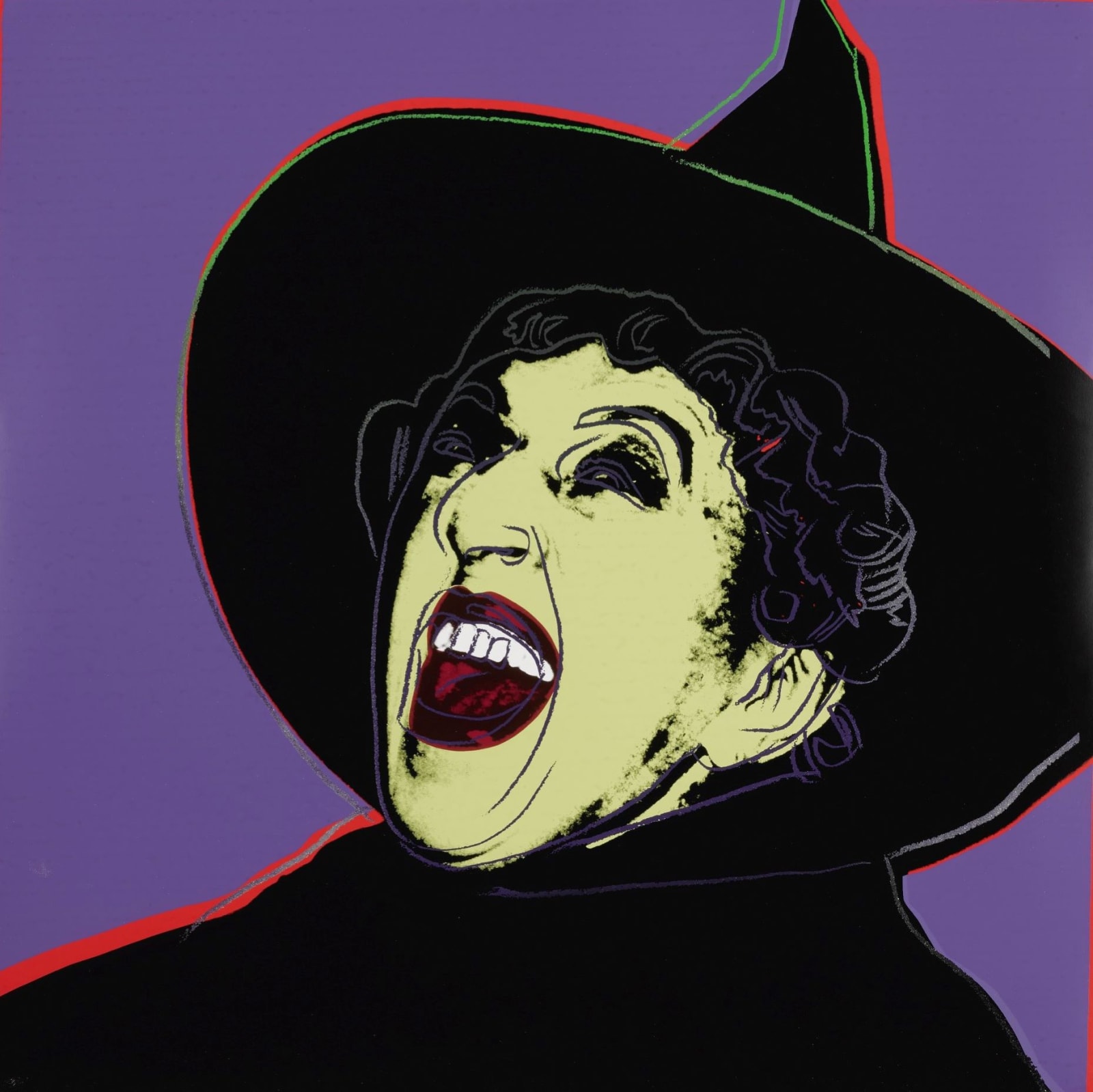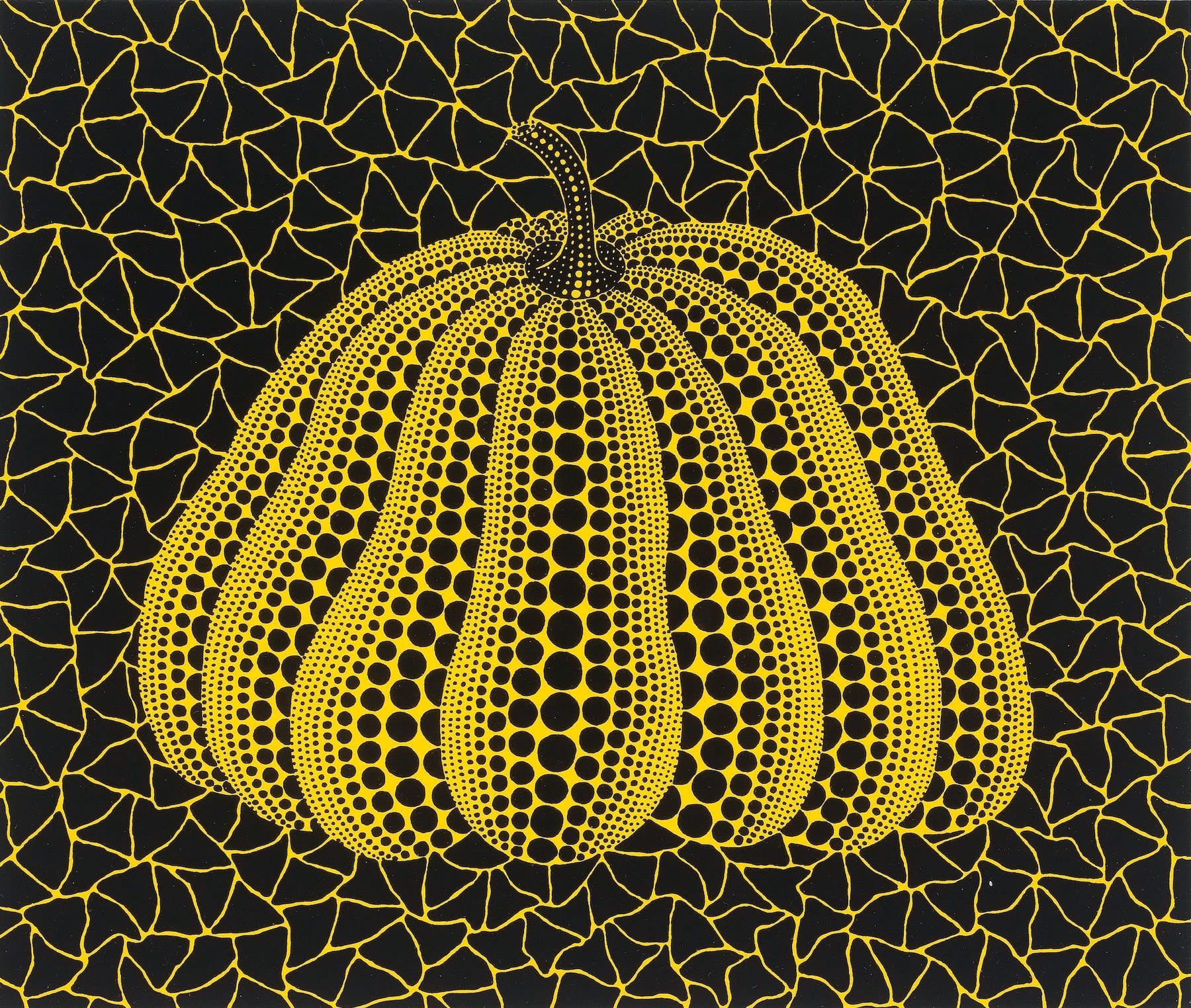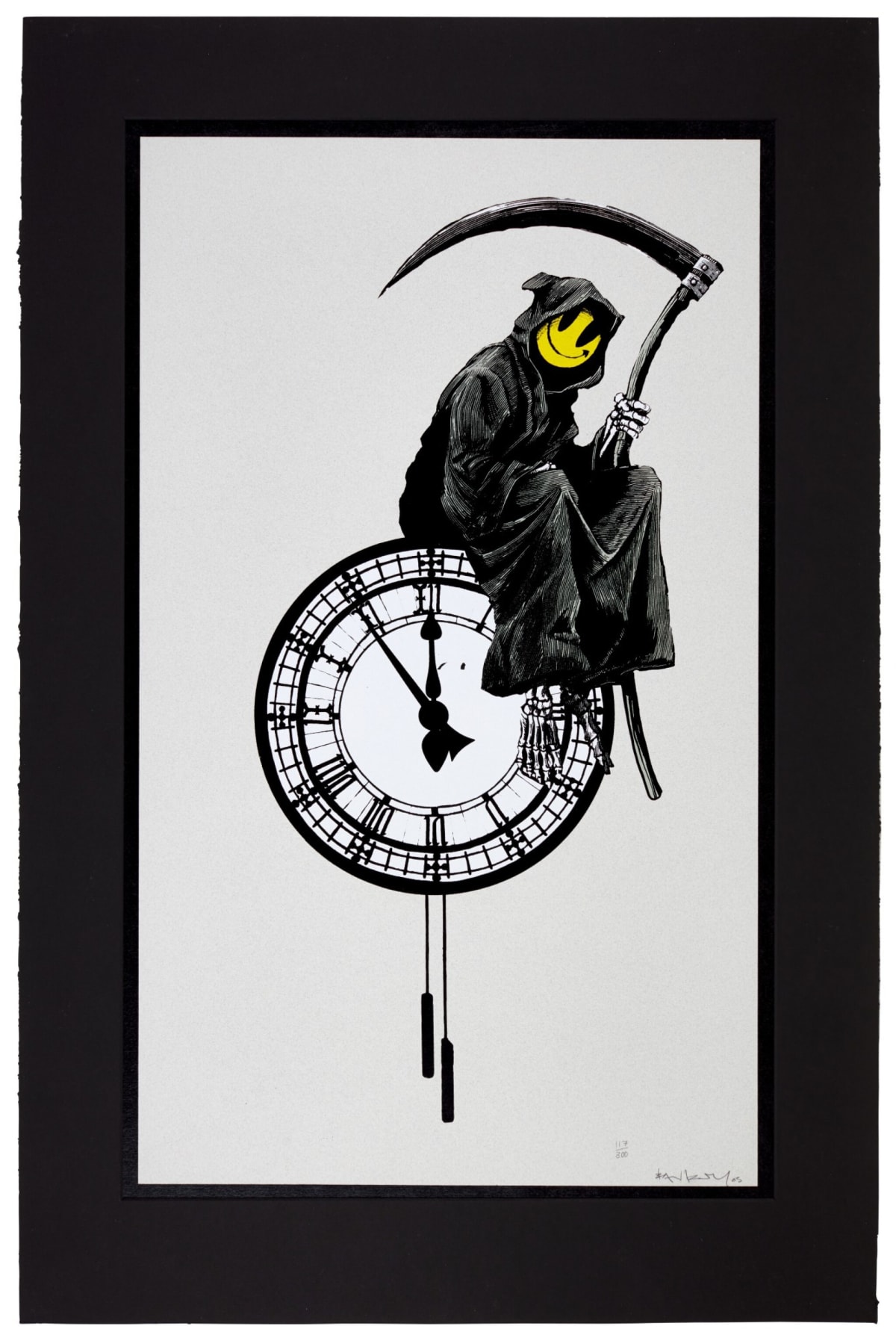
The Witch - Myths Portfolio - Andy Warhol

Warhol produced "The Witch FS ii. 261" in 1981 as part of his seminal Myths series. Warhol was known for his fascination with the aesthetics of American popular culture, and his extensive body of work often revolved around the allure of Hollywood fame. He created a plethora of artworks, ranging from commissioned portraits of celebrities to reimagined images of iconic figures and daily items.
While Warhol's obsession with celebrity culture remained constant, his subject matter evolved over the years. He ventured beyond movie stars, encompassing athletes, politicians, and even fictional characters. The Myths portfolio, in particular, spotlights ten of the most iconic fictional characters of the 20th century. These characters span the spectrum from valiant heroes dedicated to humanity's well-being to ruthless villains who wreak havoc. Though they exist solely in our imaginations, in bedtime stories, and beloved animated films, these characters have left an indelible mark on the history of entertainment, serving as enduring symbols of childhood nostalgia and manufactured dreams.
"The Witch 261" captures the essence of a character with vivid green skin and a complete black ensemble. Warhol drew inspiration for some of his Myths prints from Polaroid portraits of individuals donning costumes and makeup. In the case of this print, the artist enlisted the help of Margaret Hamilton herself, the actress who portrayed the iconic witch in the 1939 film "The Wizard of Oz." Hamilton recreated her pose for the basis of Warhol's artwork. In contrast to the more subdued expressions seen in prints like "Uncle Sam" and "The Star," the Witch's lips are twisted into a maniacal laugh. The simple purple background serves to accentuate her striking green complexion, with hints of red and green outlining her wide-brimmed hat and dark attire—a technique frequently employed by Warhol to emphasise the subject of his prints. To add an extra touch of glamour and value to the artwork, "The Witch 261" is adorned with diamond dust, consisting of tiny crystals that glisten.
Each print within the Myths series ostensibly represents a unique facet of Warhol's artistic vision. "The Witch 261" puts the spotlight on the infamous Wicked Witch of the West, the terrifying ruler of the land of Oz. This character is known for her power-hungry nature, dramatic flair, command over flying monkeys, and peculiar aversion to water. While Warhol never explicitly explained his motive for including the witch in his Myths collection, many interpret his choices as deliberate and laden with meaning. The Myths series can be viewed as an introspective collection that provides insights into how Warhol perceived himself in relation to the world around him.
Explore original Andy Warhol prints or find out more about our Andy Warhol complete Myths portfolio for sale.
Napping Pumpkin - Yayoi Kusama

Yayoi Kusama's iconic pumpkins have become an integral part of contemporary art and popular culture, catapulting her into the ranks of the world's most valuable living female artists. Kusama's fascination with pumpkins dates back to her childhood in pre-war Japan, where her family operated a plant nursery specialising in kabocha squash. Over the years, her obsession with pumpkins only intensified.
Kusama's trademark dotted pumpkins have transcended traditional canvases and can now be found adorning works on paper, small handheld figurines, monumental sculptures, and within her immersive infinity room installations. Often dubbed the "obsessional artist" from Japan, Kusama has emerged as a leading figure in the avant-garde art movement, renowned for her relentless incorporation of polka dots and her iconic pumpkin motif.
Her affinity for pumpkins has deep roots in her upbringing, symbolising not only her childhood but also themes of fertility and vitality. Kusama finds a sense of "poetic peace" in the humble pumpkin, and this sentiment has been a driving force behind her artistic exploration of the subject. Her artistic expression with pumpkins spans various mediums, from two-dimensional works to three-dimensional sculptures, and even immersive room installations, captivating audiences worldwide.
Kusama herself explains that she was initially drawn to the pumpkin's unassuming and generous nature. Some art enthusiasts draw parallels between Kusama's pumpkins and Andy Warhol's iconic "Soup Cans," suggesting that these pumpkins are emblematic of her body of work, just as Warhol's cans are to his. Kusama's pumpkin paintings and screenprints often feature an abundance of polka dots, connecting her work to the minimalist art movement's reductionist style while also aligning with the repetitive themes characteristic of Warhol's Pop Art movement.
The pumpkin motif not only harks back to her childhood spent amidst the seed farm but also relates to her experiences as a young child. At the age of ten, Kusama began experiencing hallucinations characterised by vivid flashes of light, flowers, dots, and at times, pumpkins.
For Kusama, these pumpkins serve as more than just subjects for her art; they embody concepts of peace, patience, life, and empowerment, functioning as a form of self-portraiture for the artist. Traditionally associated with fertility, pumpkins evoke feelings of joy, warmth, and abundance.
While Kusama's fascination with pumpkins began in the 1940s, it reached global prominence in 1993 during her participation in the Venice Biennale. Her creation "Mirror Room (Pumpkin)," a mirrored chamber filled with small pumpkin sculptures arranged like a vast field, captured the imagination of art enthusiasts worldwide and solidified the pumpkin as an enduring symbol within Kusama's unparalleled body of work.
Explore signed Yayoi Kusama prints.
Victory Over Death - Damien Hirst

"Victory Over Death" is a photogravure etching bearing the signature of the renowned contemporary artist Damien Hirst. Created in 2008, this artwork portrays a skull adorned with glistening diamonds against a dark, sombre background. The striking skull takes centre stage within the composition, seemingly detached from any corporeal form. It gazes directly at the viewer, serving as a memento mori—a visual reminder of the inescapable nature of mortality.
Death is a recurring theme that Hirst frequently delves into through his art, evident in his frequent use of skulls, his fascination with medical concepts, and his incorporation of deceased animals and insects into his creative works. In "Victory Over Death," Hirst challenges the conventional association of skulls with death and decay by embellishing the skull with magnificent diamonds. This artwork conveys a playful message, urging the viewer not to dread death but to embrace the beauty inherent in its inevitability.
Hirst has explored the theme of skulls in other series as well, including "The Dead series" (2009) and "I Once Was What You Are, You Will Be What I Am" (2007). These collections draw from the skull as a source of artistic inspiration, exploring its symbolism in various ways.
"Victory Over Death" draws its inspiration from Hirst's sensational creation, "For the Love of God," crafted in 2007. In this groundbreaking work, Hirst adorned a human skull with a staggering 8,601 diamonds, rendering it one of the most valuable contemporary artworks globally.
Discover Damien Hirst prints for sale.
Grin Reaper - Banksy

In 2005, Banksy unveiled "Grin Reaper," a masterpiece that forms part of an exclusive collection of 300 signed prints. This artwork showcases one of the artist's most iconic themes, cleverly subverting the Grim Reaper with his characteristic dry humor and wit.
Set against a clock face reminiscent of London's Big Ben, the Reaper stands casually, clutching his scythe, poised to reap the living and transport them to the realm of the deceased. Interestingly, the embodiment of death, typically shrouded in darkness or skeletal features, now boasts a bright yellow smiley face. The "Smiley" symbol, widely recognized in Western society, carries associations with synthetic drugs and the notions of positivity and optimism.
As we watch the clock's hands inexorably move toward midnight, the Grin Reaper sits there provocatively, simultaneously threatening and taunting us. The juxtaposition of the cheerful visage of death against the stark black and white stencil creates a delicate dance between mortality and humour. Banksy's playful and subversive wit bewilders and startles the viewer. Is the artist toying with the concept of "Memento Mori," reminding us that death is a universal certainty, urging us to embrace life to the fullest?
In the words of the legendary Monty Python, as sung in their iconic song, "Always Look On The Bright Side Of Life," perhaps Banksy invites us to remember that when life appears bleak, we may have overlooked something crucial: the power of laughter, smiles, dancing, and singing as our response to the enigmatic Grin Reaper's call.
Explore Banksy signed and unsigned prints for sale.
For more information on any of the artists or artworks, contact sales@andipa.com or call +44 (0)20 7589 2371.